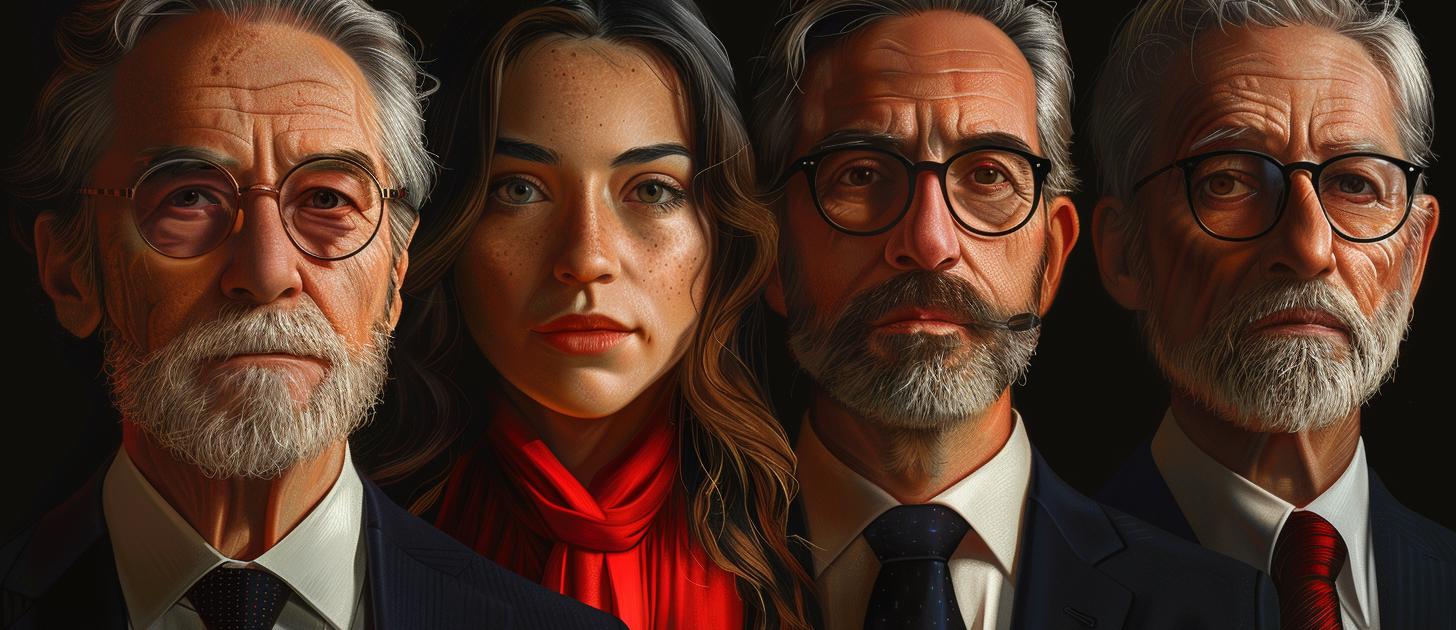The evolution of executive headshot photography
In the world of professional branding, the executive headshot holds a significant role. It’s not merely a picture; it’s a visual representation of one’s competence, credibility, and personality.
Over the years, executive headshot photography has evolved dramatically, reflecting changes in technology, trends, and societal norms.
Let’s explore this evolution and delve into some examples that highlight the transformation of executive headshots from stiff portraits to dynamic branding tools.
The Early Days: Stiff and Formal Portraits
In the early days of executive headshot photography, portraits were often stiff, formal, and devoid of personality.
These photographs primarily served as identification tools, reflecting the conservative nature of business and professional culture.
Executives would typically pose against plain backdrops, wearing traditional business attire, with minimal variation in expression or posture.
Example: A black-and-white headshot of a CEO sitting stiffly in a suit, with a neutral expression and a plain background, exemplifies this era’s typical executive portrait.
The Rise of Digital Photography: Embracing Authenticity
The Influence of Social Media and Branding: Personal Branding Takes Center Stage
The Era of Lifestyle Branding: Storytelling Through Imagery
In recent years, executive headshot photography has evolved further into a storytelling tool.
Executives are no longer portrayed solely in corporate settings but also in environments that reflect their lifestyle, interests, and aspirations.
These headshots aim to create a narrative, inviting viewers to connect with the executive on a deeper level.
Example: A series of lifestyle headshots featuring a business leader in various settings, such as a coffee shop, a boardroom meeting, or engaging in a hobby, each image conveying a different aspect of their personality and professional journey.
The Future: Dynamic and Interactive Visual Content
Looking ahead, the future of executive headshot photography seems to lie in dynamic and interactive visual content.
With advancements in technology, such as virtual reality and augmented reality, executives may soon have the opportunity to engage with their audience in immersive and interactive ways, blurring the lines between traditional headshots and experiential branding experiences.

